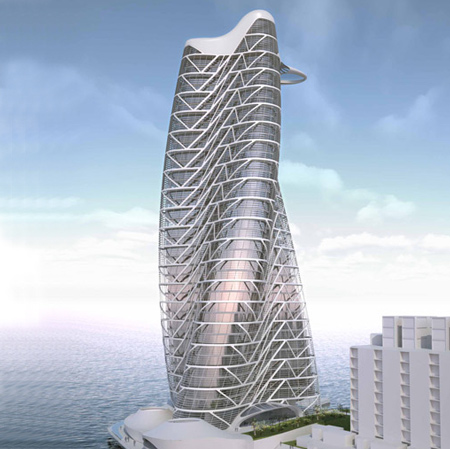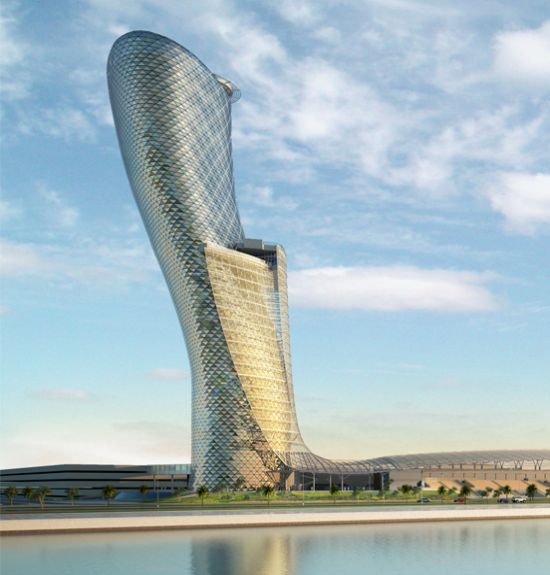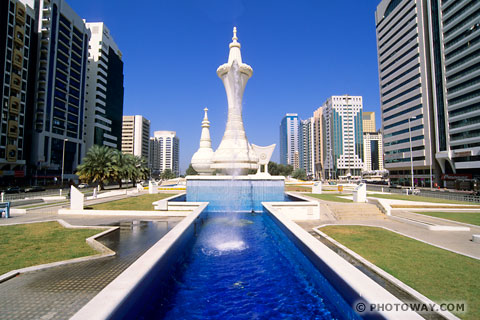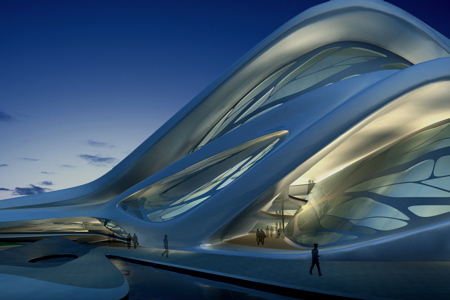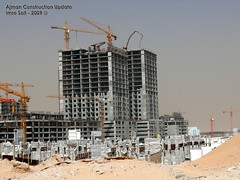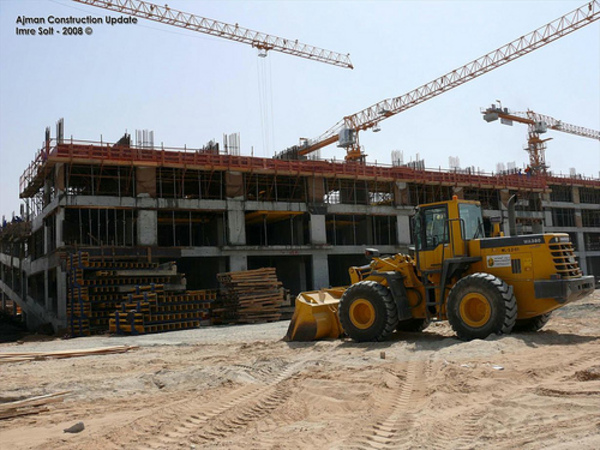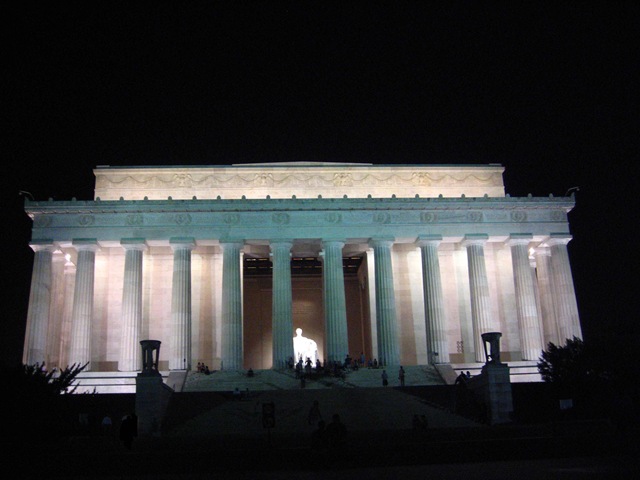
Masdar (Arabic: مصدر, maṣdar, literally the source) is a project in Abu Dhabi, in the United Arab Emirates. Its core is a planned city, which is being built by the Abu Dhabi Future Energy Company, a subsidiary of Mubadala Development Company, with the majority of seed capital provided by the government of Abu Dhabi.[1][2] Designed by the British architectural firm Foster + Partners, the city will rely entirely on solar energy and other renewable energy sources, with a sustainable, zero-carbon, zero-waste ecology. The city is being constructed 17 kilometres (11 mi) east-south-east of the city of Abu Dhabi, beside Abu Dhabi International Airport.
It will host the headquarters of the International Renewable Energy Agency (IRENA).[3][4]
Design and intent
The project is headed by the Abu Dhabi Future Energy Company (ADFEC). Initiated in 2006, the project is projected to cost US$22 billion and take some eight years to build, with the first phase scheduled to be complete and habitable in 2009.[6][7][8] The city is planned to cover 6 square kilometres (2.3 sq mi) and will be home to 45,000 to 50,000 people and 1,500 businesses, primarily commercial and manufacturing facilities specialising in environmentally-friendly products, and more than 60,000 workers are expected to commute to the city daily.[7][9][10] It will also be the location of a university, the Masdar Institute of Science and Technology (MIST), which will be assisted by the Massachusetts Institute of Technology (MIT).[11][12] Automobiles will be banned within the city; travel will be accomplished via public mass transit and personal rapid transit systems, with existing road and railways connecting to other locations outside the city.[9][13] The absence of motor vehicles coupled with Masdar's perimeter wall, designed to keep out the hot desert winds, allows for narrow and shaded streets that help funnel cooler breezes across the city.
Masdar City will be the latest of a small number of highly planned, specialized, research and technology-intensive municipalities that incorporate a living environment, similar to Novosibirsk, Russia or Tsukuba Science City, Japan.
Partners in the project through its Clean Tech Fund are Consensus Business Group, Credit Suisse and Siemens Venture Capital. Construction of the first phase of the project is being managed by CH2M HILL. Infrastructure construction for the city will be handled by the Al Jaber Group and design of the central Masdar headquarters building has been awarded to Adrian Smith + Gordon Gill Architecture.
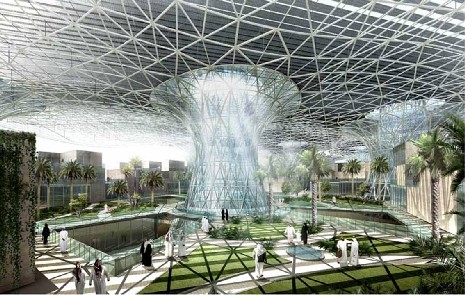 masdar hq image
masdar hq image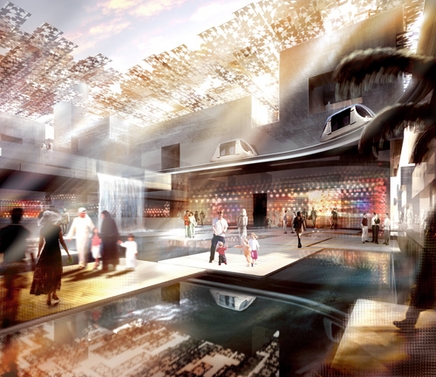 foster masdar mall
foster masdar mall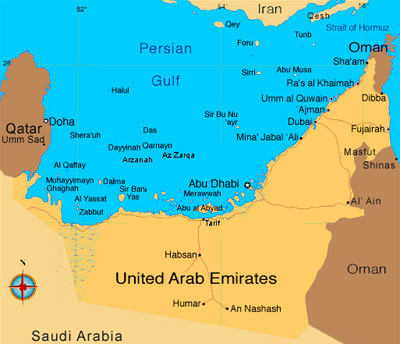 abu dhab imap
abu dhab imap foster masdar shopping center
foster masdar shopping center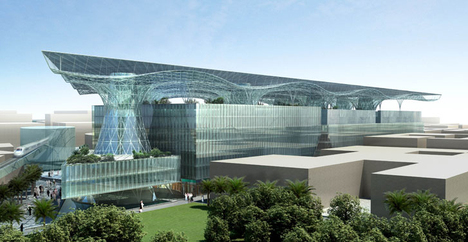 masdar headquarters
masdar headquarters masdar city
masdar city abu dhabi city pic
abu dhabi city pic abu dhabi image gallery
abu dhabi image gallery


